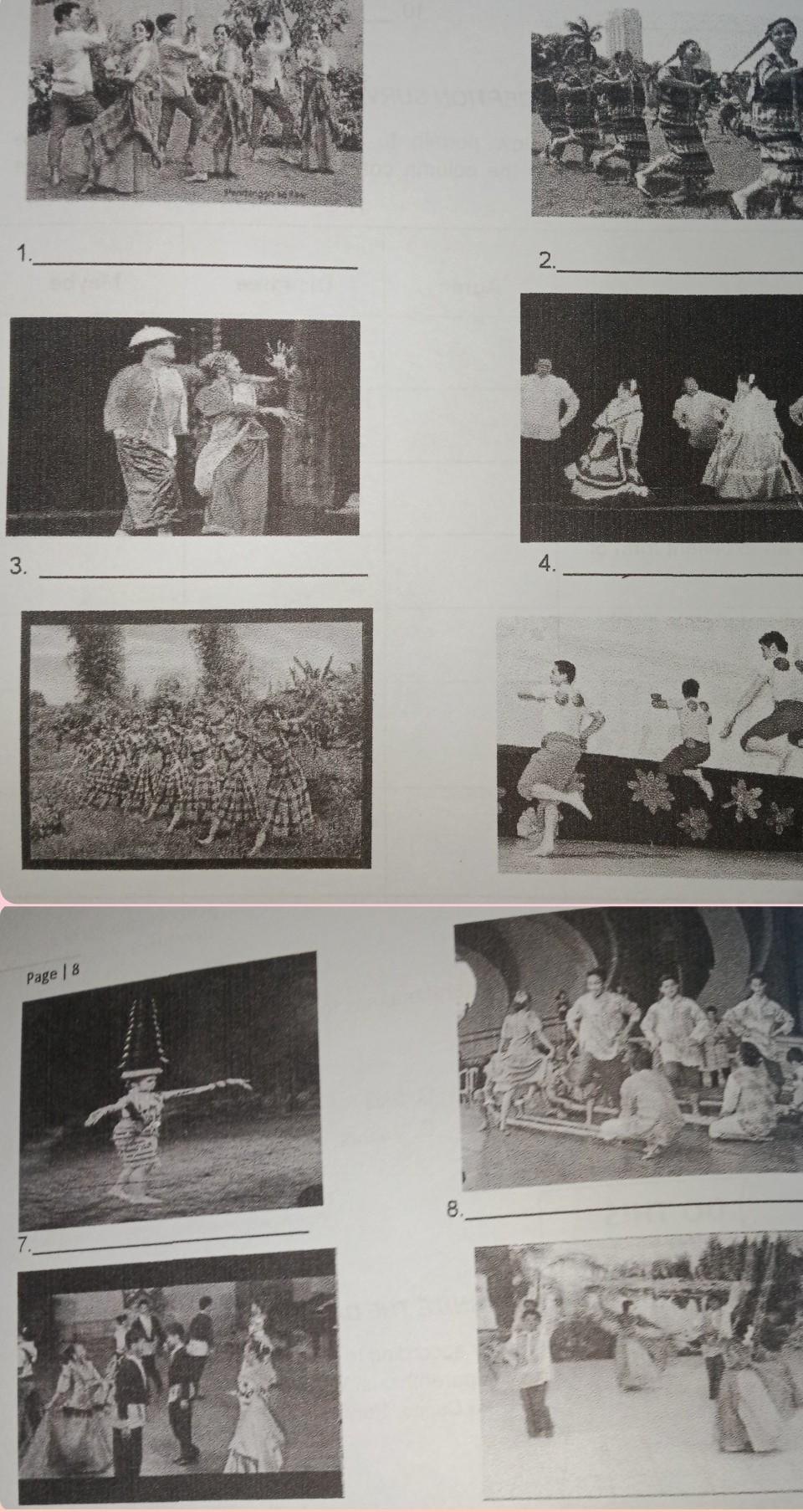Answer:
A.F.I.T.T-(frequency, intensity, time, and type) is one way to remember the general guidelines for what should be included in a fitness plan. ... Breaking it up into smaller blocks of time is a great way to start a new program or fit activity into a busy schedule.
B.The overload principle is one of the seven big laws of fitness and training. Simply put, it says that you have to increase the intensity, duration, type, or time of a workout progressively in order to see adaptations. The adaptations are improvements in endurance, strength, or muscle size.
C.Principle of progression is the idea that the value of a house increases when more valuable houses are built in the area. This contrasts with principle of regression, which is based on the concept that larger, more expensive houses lose value when they are near smaller, less valuable homes.
D.The Specificity Principle is a principle that states that exercising a certain body part, component of the body, or particular skill primarily develops that part or skill.
E.The reversibility principle is a concept that states when you stop working out, you lose the effects of training. It is sometimes referred to as the ''use it or lose it'' principle. Moreover, on the plus side, it states that when you resume working out, you begin to make gains.
3.Frequency: the number of activity sessions each week.
Intensity: how high of a demand the activity will be.
Time: how long the activity session will be.
Type: the mode of activity (walking, dancing, lifting weights, yoga, etc.)
Enjoyment: it is certainly best to plan for activities that you enjoy!
4.Warming up helps prepare your body for aerobic activity. ... Cooling down after your workout allows for a gradual recovery of preexercise heart rate and blood pressure. Cooling down may be most important for competitive endurance athletes, such as marathoners, because it helps regulate blood flow.


